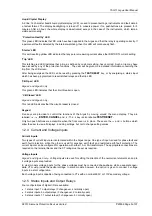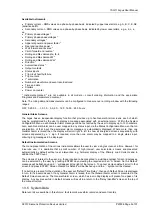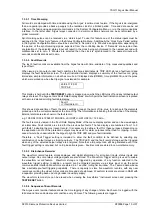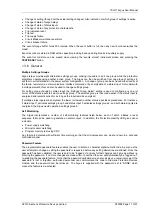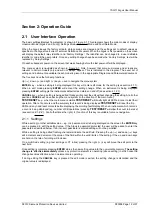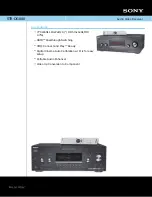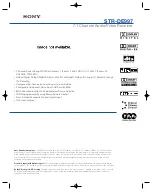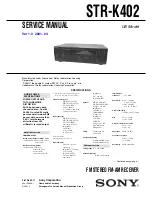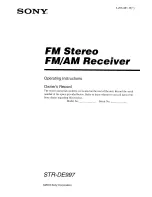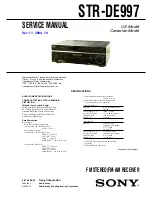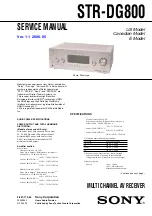
7SG11 Argus User Manual
©2013 Siemens Protection Devices Limited
P20006 Page 19 of 37
When using settings groups it is important to remember that the Argus need not necessarily be operating
according to the settings that are currently being displayed. There is an ‘Active Settings Group’ on which the
Argus operates and an ‘Edit/View Group’ which is visible on the display and which can be altered. This allows the
settings in one group to be altered while the protection continues to operate on a different unaffected group. The
‘Active Settings Group’ and the ‘Edit/View Group’ are selected in the ‘System Configuration Menu’.
Elsewhere in the settings menu system, those settings that can be altered for different groups are indicated by the
symbols G1, G2 etc. in the top left of the display. All other settings are common to all groups.
4.2 Tests
4.2.1 Inspection
Ensure that all connections are tight and correct to the wiring diagram and the scheme diagram. Record any
deviations. Check that the Argus is correctly programmed and that it is fully inserted into the case. Refer to
Section 2: Operation Guide for information on programming the Argus.
4.2.2 Insulation Tests
Connect together all of the C.T. terminals and measure the insulation resistance between these terminals and all
other terminals connected together and to earth.
Connect together the terminals of the DC auxiliary supply circuit and measure the insulation resistance between
these terminals and all other terminals connected together and to earth.
Connect together the terminals of the DC status input circuits and measure the insulation resistance between
these terminals and all other terminals connected together and to earth.
Connect together the terminals of the output relay circuits and measure the insulation resistance between these
terminals and all other terminals connected together and to earth.
Argus 2 and Argus 6 only:
Connect together all of the V.T. terminals and measure the insulation resistance between these terminals and all
other terminals connected together and to earth.
Satisfactory values for the various readings depend upon the amount of wiring concerned. Where considerable
multi-core wiring is involved a reading of 2.5 to 3.0 megohms can be considered satisfactory. For short lengths of
wiring higher values can be expected. A value of 1.0 megohm should not be considered satisfactory and should
be investigated.
Remove temporary connections.
4.2.3 Secondary Injection Tests
Select the required configuration and settings for the application.
Note that the Argus may be connected as either a 1A or a 5A rated device. The user should check this before
commencing secondary testing.
For all high current tests it must be ensured that the test equipment has the required rating and stability and that
the Argus is not stressed beyond its thermal limit.
4.2.3.1 IDMTL/DTL Characteristics
Argus 2 and Argus 6 only:
If the Argus is to be employed for directional protection then all ‘Directional Control’
settings should be set to ‘OFF’ during the following tests.
Pick-up and Drop-off
This test checks the accuracy of the current setting for the main overcurrent characteristic. Note that SEF/REF
poles are considered later.
Inject single phase current into one of the current inputs. Slowly increase the current until the I>Is LED (yellow)
operates and record the pick-up current in Table 4-4. Reduce the current until the LED goes out and record this
as the Drop-off level. Repeat this test for each pole.
Check that all measured Pick-up current levels are within 105% 4% of the applied setting. Check that the Drop-
off levels are 95% of the measured Pick-up value.

